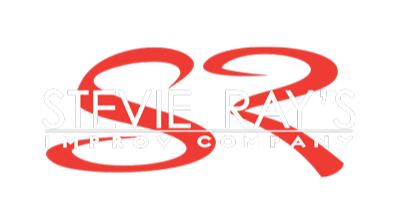I like to keep my wits sharp. To do this, I often listen to debates on my computer while performing mundane tasks at work. The debates cover every issue you can imagine; immigration policy, foreign affairs, education, you name it. As you might expect, there are experts on both sides of the issue armed with reams of documents. As you also might expect, neither side gives an inch. No matter what either side says, the other team remains cemented to the notion that the opposing team is mis-informed, ill-intentioned, or outright evil.
This particular program polls the audience prior to the debate, and then again afterwards. The winner is not the team with the highest number of followers among the audience, but the team that changed the most minds. As in our two-party political system, there are people on both sides of each issue, and there is a percentage of undecided voters. In politics, most strategists acknowledge that there is little chance of converting a Republican to a Democrat, and vice versa; they focus on the independent voters. But, the teams in the debate program are hoping to change everyone’s minds. And indeed, when the results are displayed at the end of the debate, I am pleasantly surprised as to how many people began the debate voting for one side, yet changed their vote based on what they learned.
How does this relate to business? There isn’t a day that goes by in any company without some sort of debate. The problem is most debates bear little fruit. People typically come to the table with a point of view, and facts to defend their position. A lot of talking occurs, with very little listening. Most people are just waiting for the other side to stop talking so they can make their point. If one person makes a point, and the other person doesn’t agree, the strategy is to re-state the position; louder. We humans seem to think that the only reason other people don’t agree with us is that they didn’t hear us the first time. Then, when the other person says, “I heard you the first time,” we re-state our position, using different wording. (Perhaps they heard us, but just didn’t understand our version of English.)
I can’t think of a bigger waste of time for the American worker than debates during meetings (other than surfing Facebook to see photos of your friends on vacation). Bad debates can cause long term damage to working relationships. When people agree with us, we view them as smart and well-intentioned. When people disagree with us, we don’t trust them even if they are correct. This not only makes for poor teamwork, but poor decision making. Many times, decisions are made based on facts, but on which decision will cause the least amount of grief among the team.
If I were looking to hire people, I wouldn’t hire the experts who fervently present their case and stick to their guns, I would hire the people who either had the courage to admit that they were undecided in the first place, or those who had the ability to change their minds. These are the kinds of people who demonstrate respect for various points of view, and who keep their ego out of the equation.
Examining one’s ego is a crucial part of leadership; since our ego does more decision-making than our intellect. A neuroscientific study examined why people become so angry when their beliefs are challenged. It was discovered that, when a firmly held belief is challenged, the same parts of the brain activate as when we are threatened with physical harm. In short, the brain feels that a challenge to our beliefs is the same as a challenge to our very safety. It is no wonder that, when arguing an issue, people will scream, sweat, and pound the table. Their brains are preparing for a fight that goes beyond words.
How does a leader handle this? When a difficult issue is at hand, remind the group that they need to distance themselves from the issue. Treat ideas as facts, not a representation of the person discussing it. And remind the group that how they debate will carry into how they work together once the debate is over.
Stevie Ray is a nationally recognized corporate speaker and trainer, helping companies improve communication skills, customer service, leadership, and team management. He can be reached at www.stevierays.org or stevie@stevierays.org.


